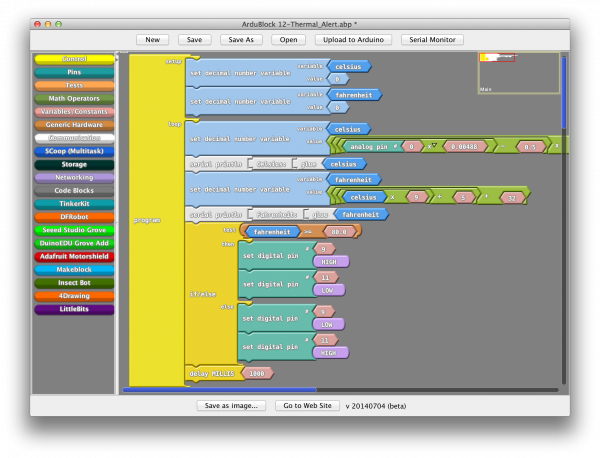hafrse
Full Member level 3

Hello,
Looking for a circuit that switches on and off a low power relay (SMD) after power on.
Details:
After about 20 sec. adjustable with a pot, on power on , the circuit should switch on a relay for about 2 sec and then off again.
Many thanks in advance!
Looking for a circuit that switches on and off a low power relay (SMD) after power on.
Details:
After about 20 sec. adjustable with a pot, on power on , the circuit should switch on a relay for about 2 sec and then off again.
Many thanks in advance!







